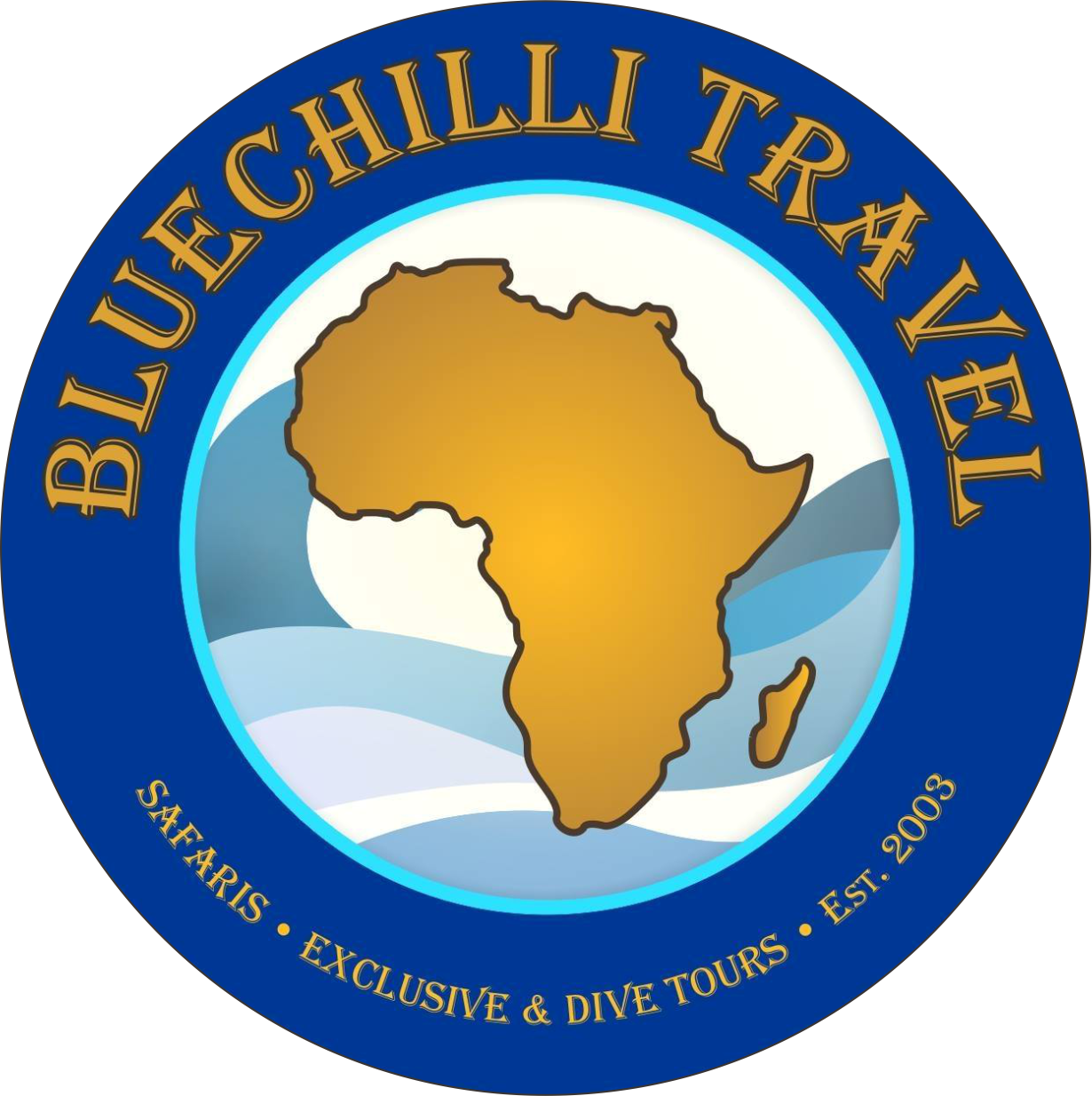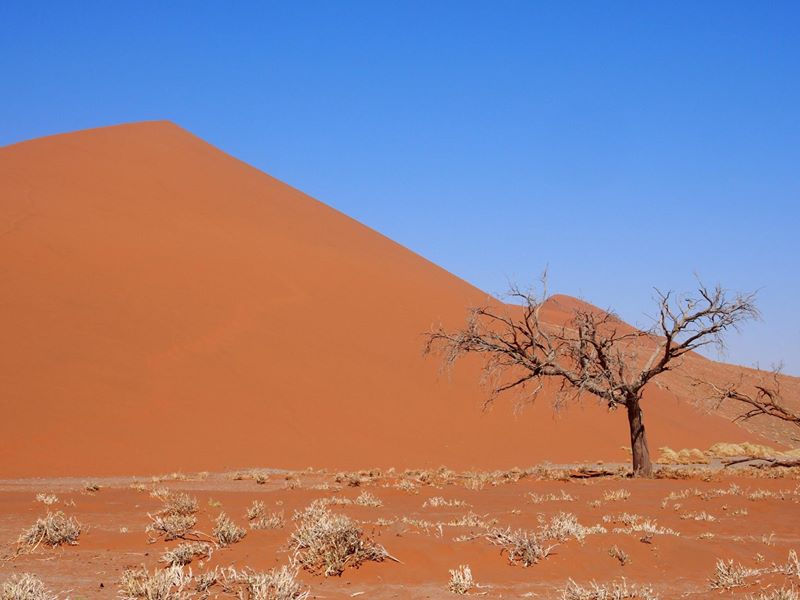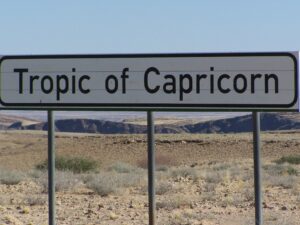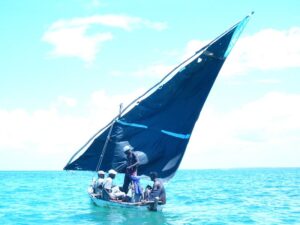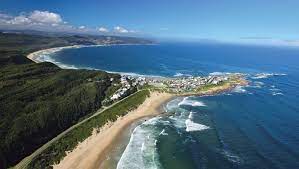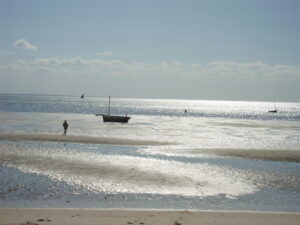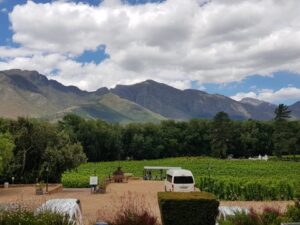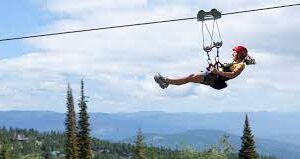Description
6 Day Sand, Sea & Etosha Np Camping Tour
Departs: Wedneday’s
Type: Camping Tour
Starts: Windhoek
End: Windhoek
Day 1: Wednesday Windhoek -Sesriem campsite– 320 km
You will be collected from your accommodation within the Windhoek city limits at 07:00 and transferred to Chameleon Safaris Head Quarters For a short pre-departure meeting. There is some lovely mountain scenery on our drive to Sesriem. The road climbs up onto and over Namibia’s central plateau and stops at the small town of Rehoboth for essential supplies, back on the road we pass via the small community at BűellsPort from here we continue on through the desert landscape. We aim to arrive at Sesriem around lunchtime and make our campsite under a huge, ancient camelthorn tree from where we can glimpse the towering red dunes of the world’s oldest desert. We enjoy a late afternoon picnic-style lunch after setting up camp.
In the late afternoon, there is the option with which to start our time in the world’s oldest desert. A short drive will take us to Elim Dune, for the best golden light before sunset. From here, if you would like to, it is a relatively short walk back, through the desert, to our camp.
Day 2: Thursday Sesriem – Sossusvlei – Sesriem – 120km
Sunrise in the dunes is the name of the game this morning and that means a pre-dawn start. Our first stop will be at dune 45, so named because it is 45 km from Sesriem, and we cover this first distance in darkness and early morning twilight.
The best time to photograph the dunes is around sunrise and sunset. This is when you can see towering sand dunes illuminated a glowing orange, apricot red on one side and swathed in shadow on the other. The depth of field is amazing at this time of day.
We arrive at Dune 45 and climb to a vantage point for sunrise, watching as the colours grow and change with the ever-altering light. Back to the vehicle for a quick breakfast and we carry on for the last few kilometers to the 2×4 car park where all 2-wheel drive vehicles have to stop. From here we enter the ancient Tsauchab Riverbed for the last 5km leg to Sossusvlei itself.
The Tsauchab River is ephemeral, it only flows seasonally, when there is enough rain, and for the most part, the riverbed is dry. Eons ago, during these rare floods, the Tsauchab sometimes received enough water to flow all the way to the Atlantic Ocean. However, as the millennia passed and the dune fields began to form, (around five million years ago), wind-blown sand invaded the riverbeds. The rivers became more and more constricted by sand until eventually, the occasional floods could not break through the sand barriers that had been erected by the wind. The valley we drove along this morning in the darkness is kept free of sand by the Tsauchab but Sossusvlei is now permanently waters end.
Sossusvlei does still sometimes flood, (perhaps once in a decade). After good rains in the Naukluft Mountains where the river rises, Sossusvlei can become inundated, and the lake that this creates can last for many months, but no longer can the river find its original path to the Atlantic.
There is a 4×4 shuttle service that will transport us through the sandy terrain of the riverbed. We will visit Dead Vlei, an ancient pan completely surrounded by sand, that is strikingly populated with dead, skeletal camelthorn trees. These trees have been a feature of this landscape for over 1000 years. Sossusvlei is almost surrounded by dunes, just one narrow path kept open by the Tsauchab River.
We have time to explore the area on foot and to climb one of the highest dunes in the world, some towering 300 m above us, the views are breathtaking and justly famous.
We drive back to Sesriem for lunch and perhaps a dip in the swimming pool and in the afternoon, we take a short excursion to see the Sesriem Canyon.
Only four km from our campsite, this canyon has been carved out of the landscape by the Tsauchab River. Around two million years ago there was an ice age in Europe. This caused glaciers to form and resulted in a worldwide drop in sea level. The knock-on effect of this at Sesriem Canyon was that it increased the length and water flow of the Tsauchab River. This greater force of water allowed the Tsauchab to begin cutting through the terrain resulting in the canyon we can see today.
We can easily walk into the riverbed, it is usually much cooler in the canyon and we can follow the river for some way along its journey to Sossusvlei.
Day 3: Friday Sesriem Campsite -Swakopmund – 350 km
Departing after an early breakfast we head west into the desert. We first cross the Namib gravel plains, large areas of flat and seemingly barren terrain broken up by huge mountain inselbergs. Our first stop this morning is the tiny town of Solitaire where we can stretch our legs and sample the apple pie that has made this homestead famous, a quirky little place with amazing photo opportunities in the old farm vehicles scattered around the grounds. We cross the Tropic of Capricorn at 23.5 south degrees. There is a signpost at this auspicious spot and we stop along the road for photos. We have two mountain passes to traverse this morning, first is the smaller canyon of the Gaub River, a tributary of the Kuiseb river Kuiseb Pass. We continue to follow the road to the top of the mountains, dropping steeply down into the canyon carved over eons by the Kuiseb River on its way to debouch into the ocean at the port town of Walvis Bay. We climb up from the banks of the river and over the pass, traveling through the mountain peaks. We emerge from the mountains onto a flat road that takes us all the way to the town of Walvis Bay. We have lunch at Walvis Bay lagoon and complete the final leg of our journey into Swakopmund. Our accommodation tonight is at Amanpuri Travellers Lodge.
Swakopmund was founded by Captain Kurt von François of the imperial colonial army of the German empire in 1892. (He also founded Windhoek in 1890). Swakopmund is an interesting place to say the least, bounded to the north, the east and the south by the mighty sand dunes of the Namib Desert and to the west by the Atlantic Ocean. There are still many examples of colonial German architecture to be seen and the German language is still widely used.
Swakopmund offers many opportunities to keep us busy during our time here. The town center is small and easily explored on foot but there are also many extra, optional activities available. Scenic flights over the desert are very popular and for the more adventurous perhaps try skydiving or quad biking over and in the Namib dunes. Our guide will discuss all the options with you in advance and will be able to facilitate any bookings that we would like to make.
Dinner tonight is for your own account, Swakopmund boasts some truly excellent restaurants and again our guide will be able to help you with recommendations and bookings
Day 4: Saturday Swakopmund – Etosha National Park – 510 km
After breakfast, we aim to be on the road from 09h00 today. Heading north on the coast road our next stop is a recent shipwreck. 15 km south of the small town of Henties Bay a fishing trawler, The Zeila, was beached in 2008. She was an old vessel that had been sold for scrap and was under tow at the time. The cable snapped and, as so many vessels before her, she was caught in the swell and currents and ended up on the beach. She lays quite close to the shore and is well positioned for photos. Then onwards towards the east, picking up the gravel road as we travel through an area known as Damaraland.
Damaraland is famed for its scenery, mountains, open grasslands, tall koppies, (small hills), of round pink granite boulders, wide open spaces and big sky. We continue on through the beautiful landscape, making a stop for a light picnic lunch, under the shadow of Namibia’s highest mountain, the Brandberg rising up from the desert floor. This giant monolith is 2,573 m above sea level and is formed of pink-tinged granite.
After lunch we head north on the main road, passing the small town of Outjo, then onwards to Etosha national park.
We are introduced to the park with a short game drive between the main entrance gate, (Anderson Gate), and Okaukuejo Camp with a good chance to spot big game right from the very start. Etosha is huge, just over 22,000 square km and is home to 114 species of mammal, 350 species of bird, 110 species of reptile, uncountable numbers of insects and, somewhat bizarrely, one species of fish.
After setting up our campsite, depending on time, we will head out for a short late afternoon game drive in search of big game. Elephant, rhino, giraffe and the big cats are often seen in this area. We also look for the smaller species, several types of antelope and gazelle abound, zebra are common and the bird life can be spectacular.
All visitors must be back in camp at sunset, but the ‘game show’ doesn’t stop when the sun goes down. Assessable on foot and only a short walk from our campsite, Okaukuejo is justly famous for its flood-lit waterhole where we are afforded the chance to see all of Etosha’s treasures. Big cats, elephant and the whole spectrum of smaller game, but in particular, this is our best chance of getting up close to a black rhino. Namibia is the last stronghold of these critically endangered creatures but here, at Okaukuejo, they are regular visitors.
Day 5: Sunday Okaukuejo – Halali – Okaukuejo – Etosha National Park
We have the whole day to explore Etosha and we want to make the most of it. The park gates open at sunrise and after a quick cup of coffee and a snack we will aim to be on our way as the sun breaches the horizon. Early morning is usually a productive time for game viewing and first thing in the morning is a good time to catch big cats returning from the hunt.
Etosha is a desert landscape and water is the most scarce natural resource. There are however numerous waterholes here, both natural and man-made, and our game driving technique is to take in as many as of these possible. Here we hope that the game will come to us as the animals attend for an early morning drink.
Along the way, we will make a stop at a designated picnic area for a quick breakfast before continuing our game drive en route to the camp at Halali. The name for Halali is taken from a bugle refrain that was originally used during sport hunting with horses and hounds in Europe. The bugler would sound the Halali to signify that the hunt was over. This was considered appropriate for Etosha as inside the protection of the park, the hunting of animals is over forever.
We will have lunch at Halali. There is a small shop with basic merchandise and a few souvenirs and there will also be time for a swim in the pool. There is also time to visit the Halali camp waterhole before we head back out into the park for our afternoon game drive.
On our way back to Okaukuejo we will stop to have a closer look at the Etosha Pan. The name Etosha translates as ‘great white space’ but this name does not do justice to the immensity of the pan. Over 4,700 square km of the dazzling white mineral pan, is so big that it can be seen from space.
Keeping a sharp lookout for game as we wind our way back to Okaukuejo, we aim to arrive back at our just before sunset and just in time for the best hour of the day at the Okaukuejo waterhole.
Day 6: Monday Etosha National Park -Windhoek – 500 km
After breaking camp for the last time, we will game drive to the park exit, hoping to catch sight of some magnificent predators and plains game before heading south to Windhoek, we stop briefly at the small town of Okahandja to refuel our vehicle.
This is also where we will find Namibia’s largest wood carving market. Craftsmen from all over Namibia come here to showcase a wide variety of items both large and small. Here we have the opportunity to collect a truly Namibian souvenir and at the same time to support the local artists and communities.
We aim to be back in Windhoek in the late afternoon. There will be a shuttle service to take you to your accommodation within the Windhoek City limits. We recommend Chameleon Backpackers for great value, centrally located, accommodation.
We aim to be back in Windhoek in the late afternoon. There will be a shuttle service to take you to your accommodation within the Windhoek City limits.
Highlights:
- Swakopmund & Skeleton Coast
- Sossusvlei, Namib Desert
- Solitaire
- Etosha National Park
Includes: - Transport in a Toyota Quantum.
- Services of a professional English-speaking guide
- 4 nights camping 1 nights’ accommodation in twin share rooms with en-suite bathrooms
- Camping equipment (excluding sleeping bag which can be hired)
- Meals as above (B – breakfast, L – lunch, D – dinner)
- Tap water
- National Park entry fees
- Activities including:
- Guided excursion to Sossusvlei including 4×4 shuttle
- Game drives in Chameleon Safaris vehicle in Etosha National Park
- Pick up and Drop off within Windhoek city limits
Pickup info: Pick up from accommodation starts at 7h00 on morning of departure
Other:Single supplement is upon request
